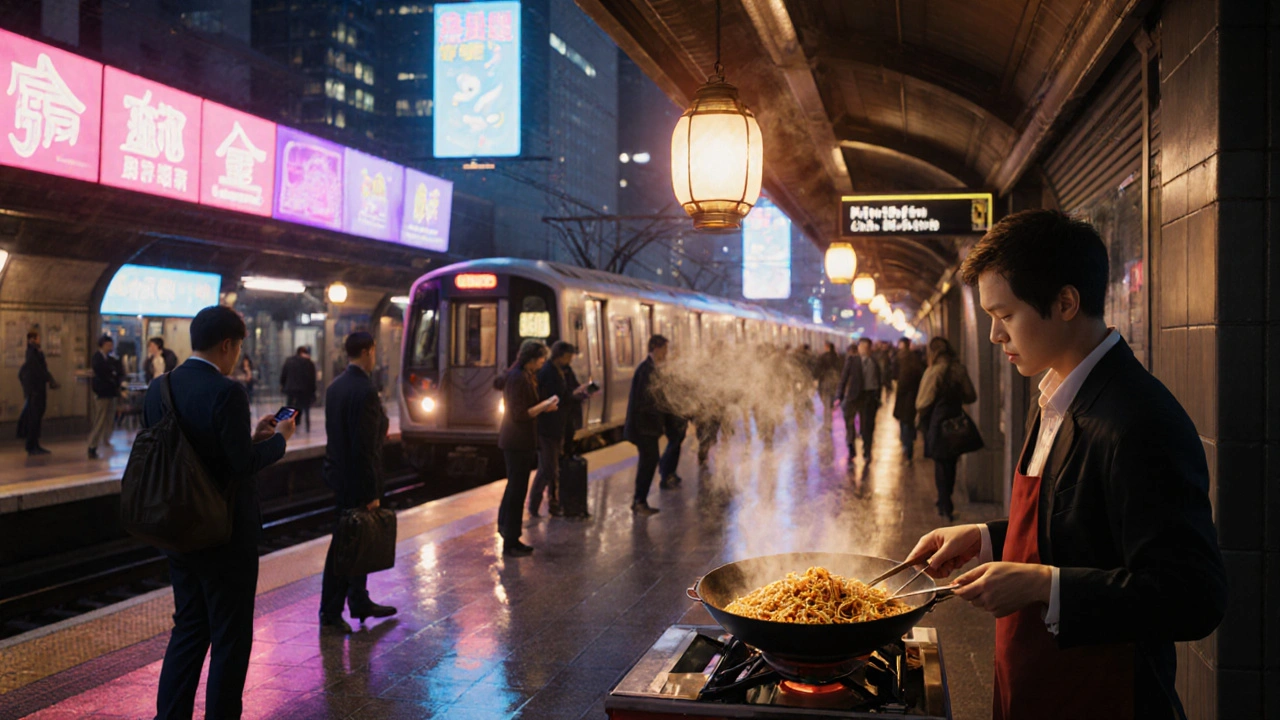Urban Lifestyle
When talking about Urban Lifestyle, the way people live, work, and play in densely populated city environments. Also known as city living, it blends fast‑paced culture with personal style choices. This blend isn’t just about high‑rise apartments or subway rides; it’s a whole ecosystem that shapes how we shop, what we wear, and even how we unwind after work. urban lifestyle moves the needle on everything from daily commutes to weekend brunch spots. At its core, it draws heavily from Big City Life, the dynamic, often hectic experience of residing in a major metropolitan area, which pushes residents to become masters of efficiency, networking, and cultural discovery.
Why Sustainability Matters in the Urban Jungle
One of the fastest‑growing conversations in the urban scene is around Slow Fashion, a movement that encourages buying fewer, higher‑quality garments that last longer. In a city where trends change by the minute, slow fashion offers a counterbalance—helping people cut through the noise and invest in pieces that truly fit their style and values. This mindset directly fuels the popularity of the Capsule Wardrobe, a curated collection of versatile clothing items that can be mixed and matched to create many outfits. By limiting a closet to around 30‑33 essential items, city dwellers reduce decision fatigue and lower their environmental footprint, all while keeping their look fresh on the go.
In practice, the capsule approach solves two urban problems at once: space constraints in small apartments and the constant pressure to stay fashionable. When you own a lean, interchangeable set of clothes, you spend less on fast‑fashion impulse buys, you waste less fabric, and you free up closet space for the things that truly matter—like that vintage leather jacket you saved for years. The synergy between slow fashion and capsule wardrobes also encourages mindful purchasing, which aligns perfectly with the sustainability goals many city residents share.
The social side of the urban lifestyle isn’t just about what you wear; it’s also about how you present yourself in public settings. After‑5 gatherings, rooftop parties, and casual meet‑ups all have their own dress codes that can feel confusing. This is where the After‑5 Dress Code, a relaxed yet polished style guideline for evening social events in the city comes into play. Knowing the boundaries of smart‑casual lets you transition smoothly from a day at the office to an evening out without a wardrobe overhaul. The rule essentially says: keep it sleek, but don’t over‑dress; think clean lines, minimal accessories, and a pop of personal flair.
Mastering the after‑5 look also ties back to the capsule principle—because a well‑chosen set of versatile pieces can easily shift from day to night. A crisp blazer, a pair of dark jeans, and a quality tee can become a polished evening outfit with just a change of shoes and a statement necklace. Understanding these style bridges not only saves money but also reduces the mental load of planning multiple outfits for different parts of the day.
All these threads—big city life’s hustle, slow fashion’s intentionality, capsule wardrobes’ efficiency, and after‑5 etiquette’s social polish—intertwine to form the fabric of a modern urban lifestyle. Below you’ll find a hand‑picked collection of articles that dive deeper into each of these areas. Whether you’re looking for practical budgeting tips for city living, step‑by‑step guides to building a 33‑piece wardrobe, or insights into how big cities shape our daily habits, the posts listed after this intro have you covered. Explore the links to discover actionable advice, real‑world examples, and fresh perspectives that will help you thrive in the vibrant, ever‑changing world of city life.
Big City Life: Exploring Urban Sounds, Sights & Experiences
Posted by Elias Hartfield on Oct, 11 2025

Explore the sounds, sights, food, festivals and green spaces that make big city life a vibrant symphony, plus practical tips for immersing yourself fully.
